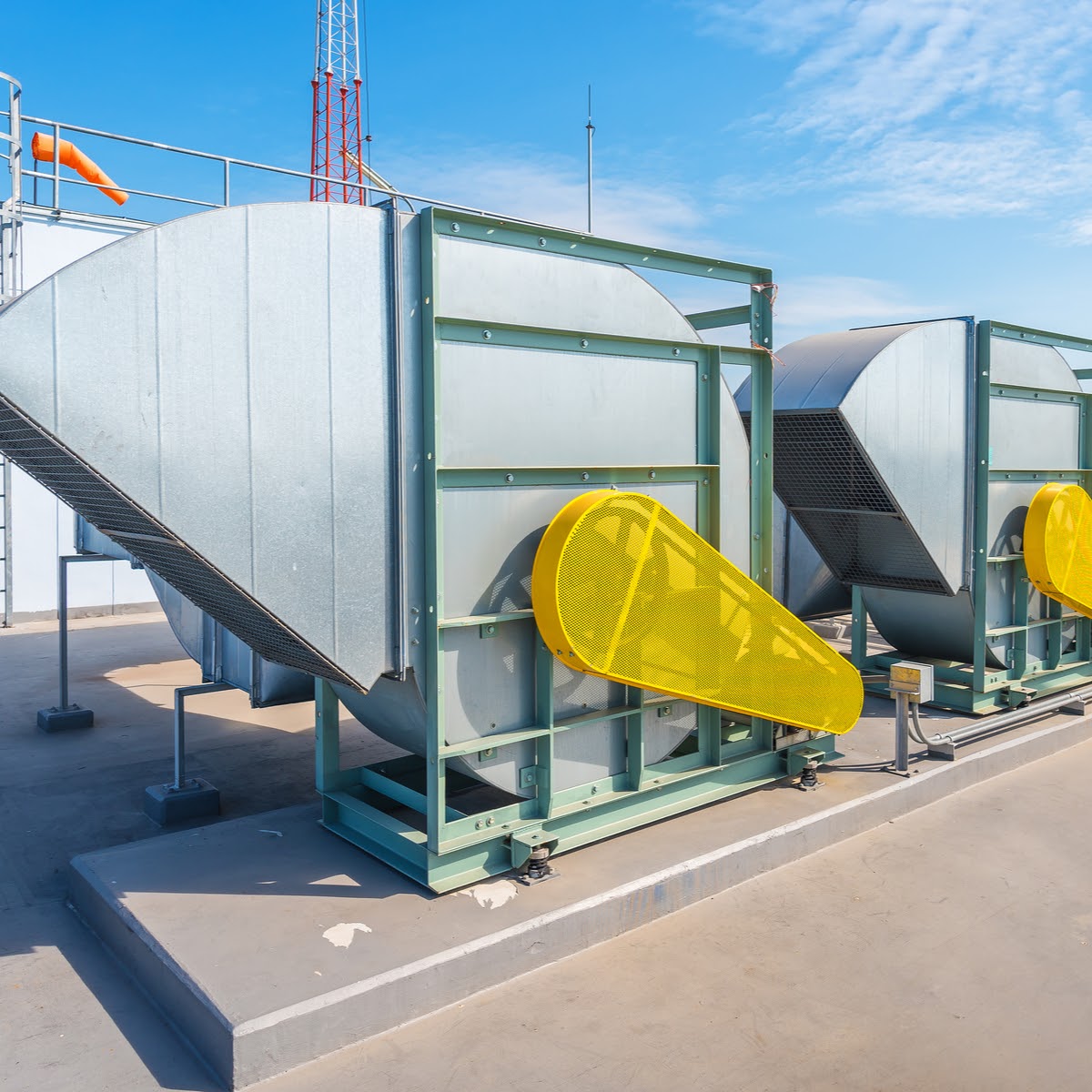
As the weather outside begins to change, so do the requirements for boilers, HVAC systems, and other equipment. Seasonal equipment transition is how facilities prepare their equipment for different operating conditions. Knowing how to get your equipment prepped is key to ensuring reliability and efficiency as the seasons change. Here are some of the most common adjustments that need to be made to equipment.
HVAC Systems
Most HVAC cooling systems will have been out of service since the end of the cooling season the previous year. Review any maintenance records to determine the condition of these systems when they were shut down. If they were in need of any repairs or deferred maintenance, now is the time to take care of that.
Related: Signs Your HVAC Needs Repair
Since the system has been down for a while (and will not be needed immediately), take this opportunity to thoroughly clean the equipment. Condensers, evaporators, and water coils can all collect dust and debris over time, especially if filters aren’t changed regularly. Any buildup on these coils will affect the system’s energy efficiency and reliability. Fans and ductwork can also benefit from a good cleaning.
If indoor air quality is important for your facility, make sure your ductwork is thoroughly cleaned before putting the equipment back into service. Good indoor air quality can increase worker health and productivity. This Harvard study showed the impact that clean air can have on a person’s ability to produce and think more efficiently. Once the unit is clean, change the filters to try and keep it that way.
Boiler Systems
Winters can put a lot of wear and tear on boiler systems. As the weather starts to warm up, a good cleaning and maintenance program can help keep your facility’s boiler system in top shape. Soot builds up on the boiler system’s fireside components and needs to be cleaned off. This soot can act like a layer of insulation that not only prevents your boiler from running efficiently, but can also wear components out faster over time. On the boiler system’s waterside components, scale (which does the same thing) can build up. Removing all of this buildup will reduce the energy bill associated with running the equipment and allow you to better inspect the condition of the boiler’s components.
Related: Boiler Cleaning
With clean components, the inspection process becomes significantly easier. Look for any sign of corrosion or defects such as cracks or weak spots in the fireside and waterside components. It will often make more sense to change these components out now so that they won’t fail next winter while the boiler is under a full load. Even if the decision is made to not replace the parts early, document anything found during the inspection process. These notes can be extremely beneficial for future preventative maintenance. For help in setting up a preventative maintenance plan, take a look at some of the resources Tate provides for starting preventative maintenance programs.
Regular preventative maintenance can go a long way in keeping your facility’s equipment operational. A seasonal equipment transition plan is a great way to ensure your facility is ready as the weather starts to change. The experts at Tate are ready to help with any of your facility’s equipment needs. Don’t hesitate - put your seasonal equipment transition plan into practice today.
